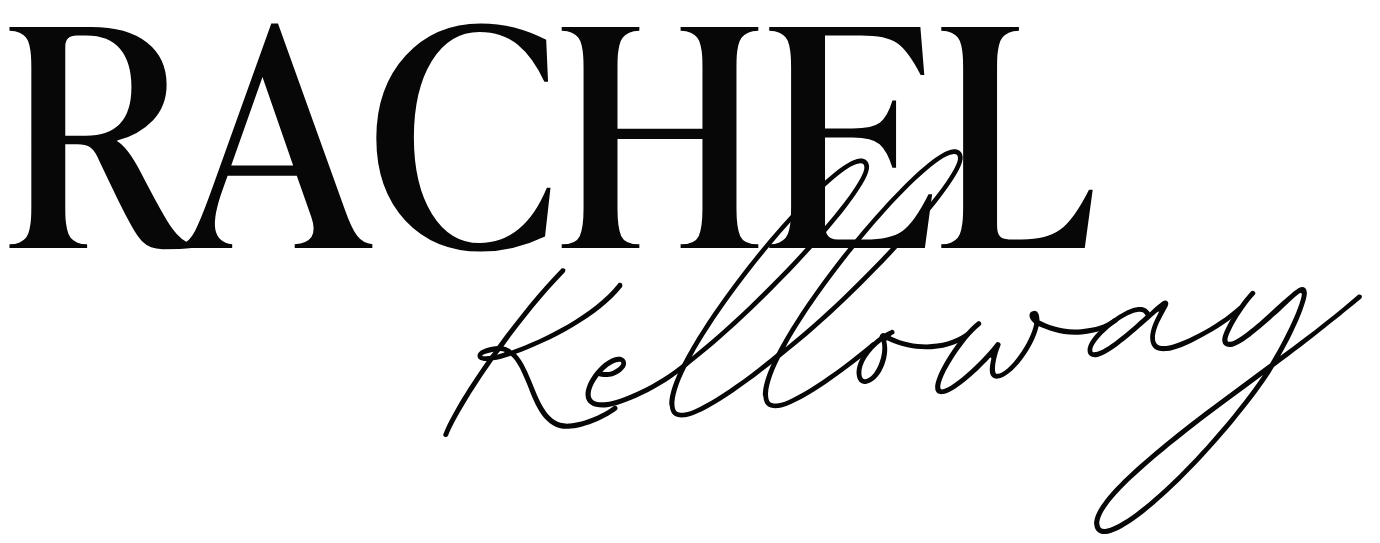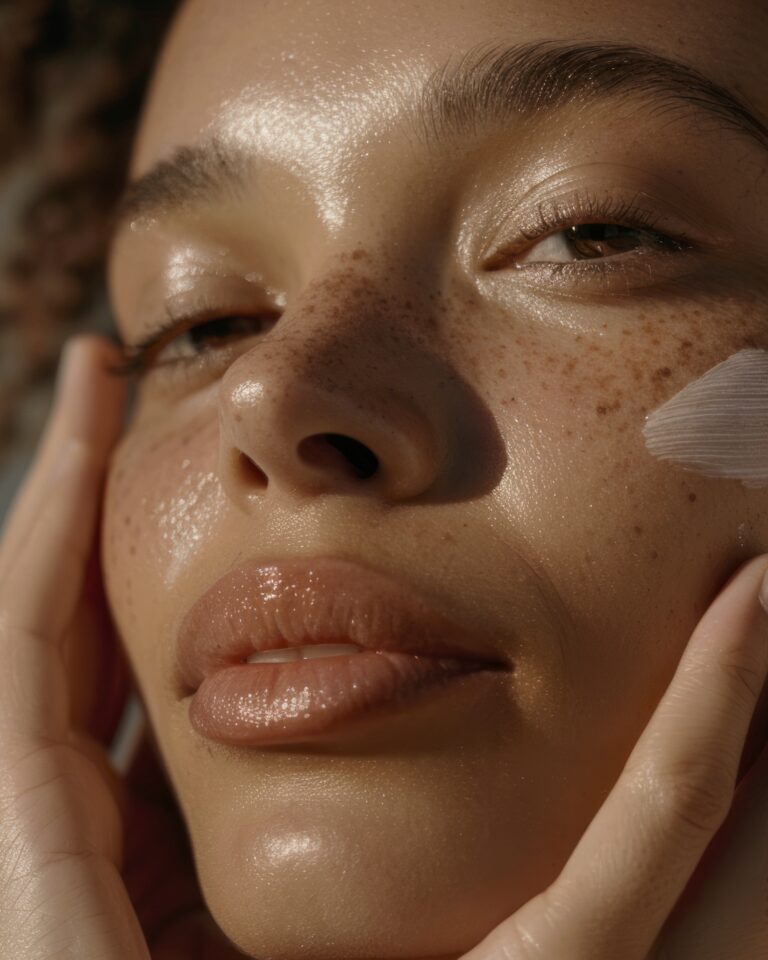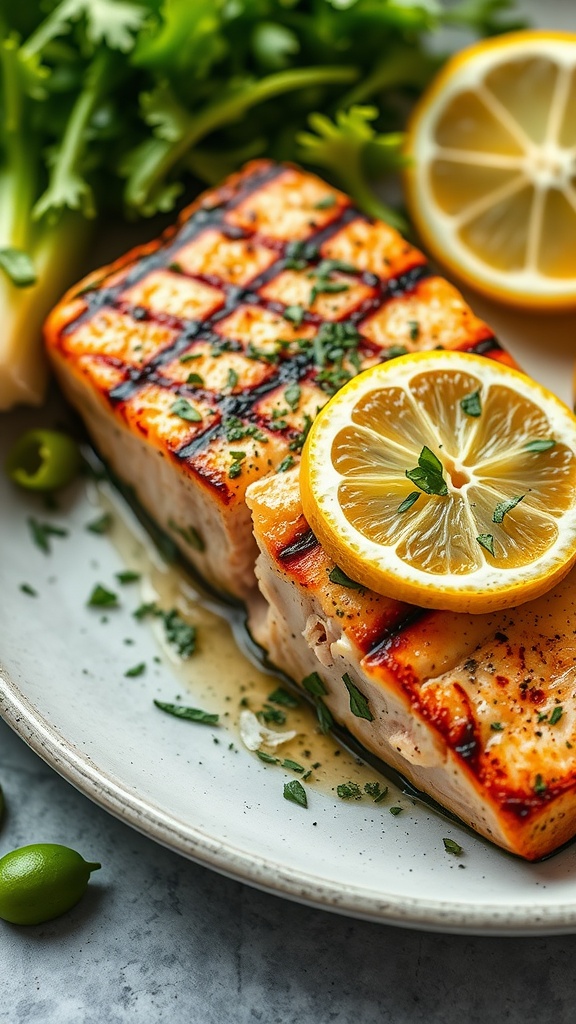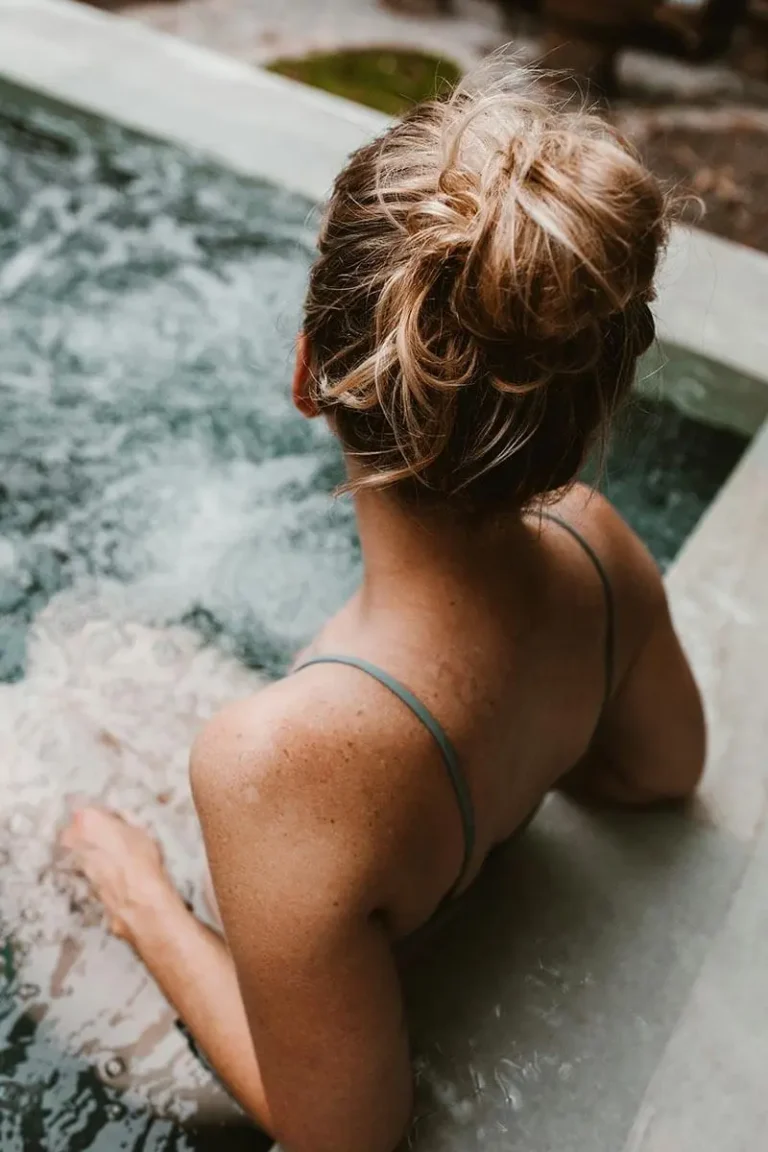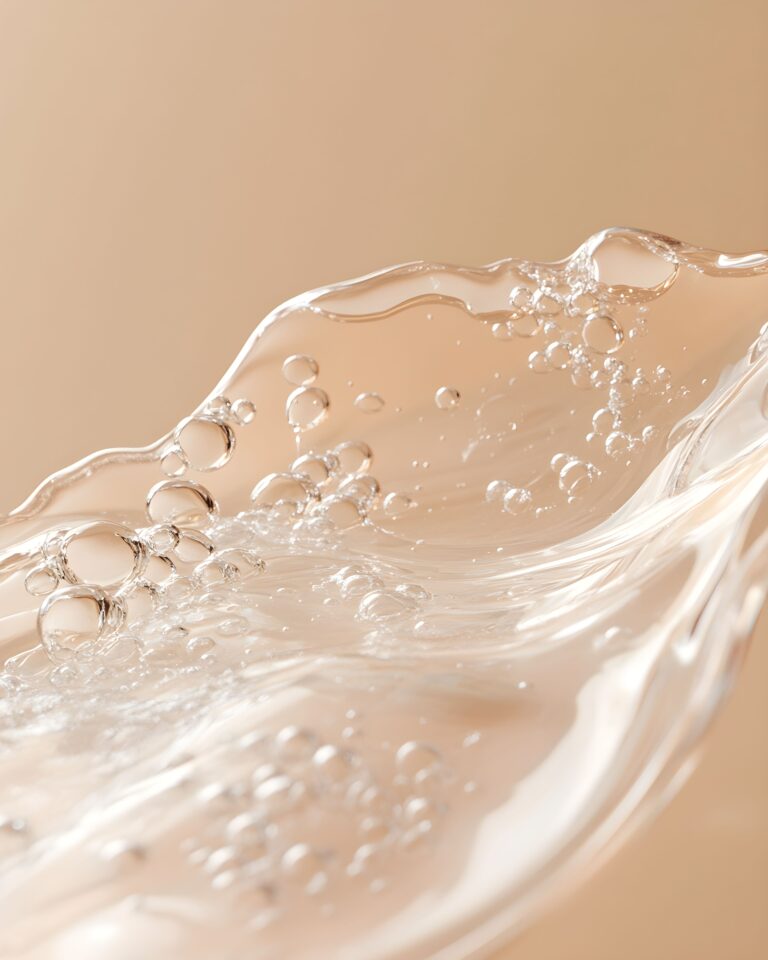Debunking Myths About Clean Beauty: What Beauty Really Means
What Is Clean Beauty and Why Does It Matter?
Clean beauty is more than just a marketing buzzword—it represents a shift toward greater transparency, safety, and sustainability in the beauty industry. At its core, clean beauty prioritizes ingredients that are safe for both human health and the environment, while avoiding potentially harmful chemicals, irritants, and questionable synthetics.
But why does it matter?
For decades, many conventional beauty products have contained ingredients linked to skin irritation, hormone disruption, and even long-term health concerns. The rise of clean beauty signals a demand for better options— skincare products, cosmetics and makeup formulations that nourish and protect the skin without unnecessary exposure to toxins. It also reflects a broader movement of conscious consumerism, where people are not just buying products, but making informed decisions about what they put on their bodies.
However, with no strict regulations defining “clean beauty,” the term is often misused, leading to widespread confusion. This is why it’s essential to separate fact from fiction when it comes to clean beauty claims.
Understanding the Definition of Clean Beauty
Clean beauty is often misunderstood due to marketing tactics, lack of regulations, and consumer misconceptions.
Unlike labels such as “organic” or “vegan,” which have clearer definitions, clean beauty has no universal standard at this point —meaning brands can define it as they see fit. This has led to a wide range of interpretations.
A true clean beauty approach typically follows these principles:
- Safe Ingredients: Formulated without known harmful toxins such as parabens, phthalates, sulfates, and artificial fragrances.
- Transparency: Clear labeling and full ingredient disclosure so consumers know exactly what they’re using.
- Sustainability: Consideration for eco-friendly packaging, ethical sourcing, ethical treatment of animals and reducing environmental impact.
- Science-Backed Formulations: Not all synthetic ingredients are bad—many are safe and necessary to enhance a product’s effectiveness and stability.
Understanding the nuances of clean beauty will help you make empowered, informed choices rather than relying on misleading buzzwords.
What Are the Common Myths About Clean Beauty?
Myth: Clean Beauty Is Regulated
With no strict regulations governing terms like “natural,” “non-toxic,” or “clean,” Many companies take advantage of buzzwords to mislead consumers. While their marketing may suggest safety and purity, the actual ingredients often tell a different story. Brands define these terms for themselves, leading to inconsistencies.
It can mislead us into thinking we’re making safer choices.
Reputable brands clearly define their ingredient philosophy. They back up claims with certifications (e.g., EWG Verified, USDA Organic, Leaping Bunny for cruelty-free products) and provide full transparency on what makes them “clean.”
Myth: Clean Beauty Means 100% Natural Ingredients
Many clean beauty products contain synthetic ingredients that are safe, effective, and necessary for stability and performance. The key is avoiding harmful toxins.
Always check the first five ingredients—those make up the bulk of the formula. If the so-called “botanical” ingredient is listed near the bottom, it’s likely there in trace amounts only for marketing purposes.
Truly clean beauty brands fully disclose their ingredients and use terms like “100% naturally derived essential oil blend” or “fragrance-free” instead of hiding behind vague labels.
Myth: Clean Beauty Is the Same as Organic or Vegan
A product can be clean without being organic, and vice versa. Vegan products exclude animal-derived ingredients, but that doesn’t mean they are free of chemicals or toxins.
Myth: Clean Beauty Is Always Sustainable
Some clean brands still use unsustainable packaging, overharvested ingredients, or high-energy production methods.
Sustainability and clean beauty are related but not interchangeable.
Myth: Clean Beauty Products Are Always More Expensive
While some clean brands charge premium prices, affordable clean beauty options exist. High cost doesn’t always mean better quality or safety. Pricing is a marketing strategy for brands, it’s part of their positioning in the marketplace.
Myth: Clean Beauty Products Are Less Effective
Many clean products perform just as well, if not better, than conventional ones, thanks to advancements in formulation and technology.
Myth: If a Product Is Labeled ‘Non-Toxic,’ It’s Safe for Everyone
People have different skin sensitivities, allergies, and reactions. Just because an ingredient is labeled non-toxic doesn’t mean it’s universally safe.
Myth: Clean Beauty Always Means Fragrance-Free
Some clean brands use natural fragrances like essential oils, which can still trigger sensitivities. Fragrance-free and clean beauty are not the same.
Final Thoughts
Clean beauty represents a conscious shift in how we approach personal care. Clean beauty challenges the industry to do better by offering safer, more transparent, and high-performing alternatives.
By understanding these myths, you can confidently make informed choices and support brands that truly prioritize safety, transparency, and sustainability.
You’ve got this! Trust your knowledge and choose what’s best for you.
